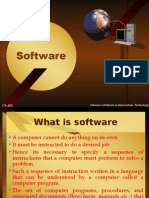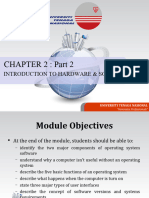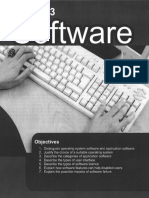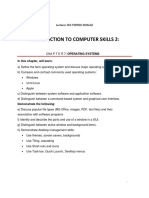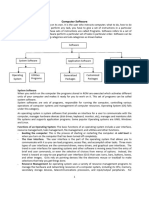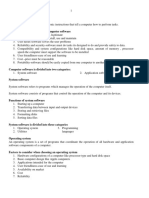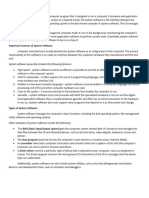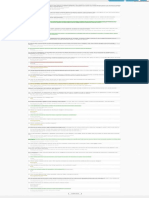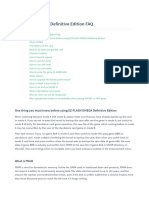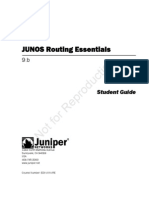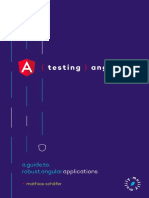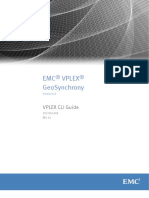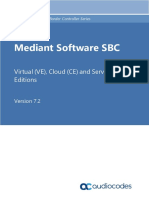0% found this document useful (0 votes)
9 views40 pagesModule 1 - Operating System
The document provides an overview of operating systems (OS), detailing their functions, types of software, and the importance of OS in managing computer hardware and software. It outlines key OS functions such as booting, memory management, and data security, and distinguishes between system software and application software. Additionally, it includes hands-on activities for OS installation and assessment questions to test understanding of the material.
Uploaded by
Luis Jr. AzulCopyright
© © All Rights Reserved
We take content rights seriously. If you suspect this is your content, claim it here.
Available Formats
Download as PPTX, PDF, TXT or read online on Scribd
0% found this document useful (0 votes)
9 views40 pagesModule 1 - Operating System
The document provides an overview of operating systems (OS), detailing their functions, types of software, and the importance of OS in managing computer hardware and software. It outlines key OS functions such as booting, memory management, and data security, and distinguishes between system software and application software. Additionally, it includes hands-on activities for OS installation and assessment questions to test understanding of the material.
Uploaded by
Luis Jr. AzulCopyright
© © All Rights Reserved
We take content rights seriously. If you suspect this is your content, claim it here.
Available Formats
Download as PPTX, PDF, TXT or read online on Scribd
/ 40













